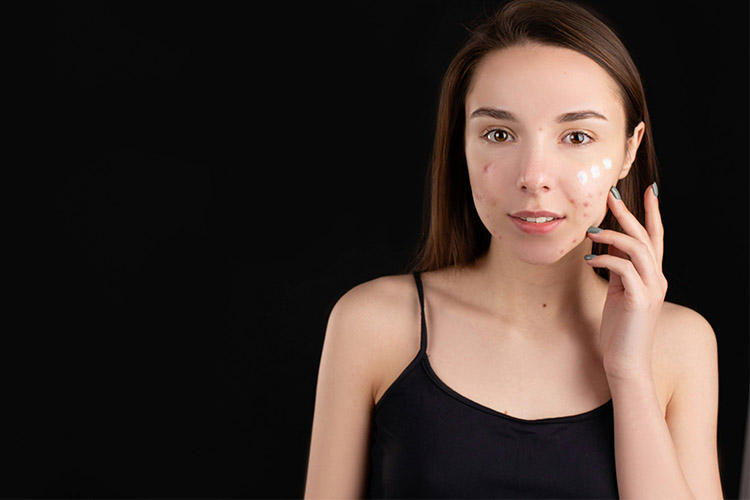What is HMPV?
By Stuart / January 03

Apple cider vinegar (ACV) is a popular natural remedy often touted for its skin benefits, including acne treatment. Its antibacterial and exfoliating properties have made it a go-to choice for those seeking an alternative to traditional acne products. Here's a comprehensive look at how apple cider vinegar may help with acne, how to use it safely, and potential precautions.
Apple cider vinegar contains natural acids and nutrients that may combat acne in several ways:
If you’re considering using ACV for acne, follow these steps for safe and effective application:
Use ACV 1–2 times a week to start. Overuse can dry out or irritate the skin, so it’s important to monitor your skin’s response and adjust the frequency accordingly.
While apple cider vinegar can be beneficial for acne, it’s essential to use it with caution to avoid potential side effects:
Here are some alternative ways to use apple cider vinegar for acne:
Do not use apple cider vinegar if you have open wounds, severe acne, or highly sensitive skin. Always consult a dermatologist before starting a new skincare routine, especially if you’re unsure about how your skin will react.
Apple cider vinegar can be an effective natural remedy for mild to moderate acne when used correctly. Its antibacterial and exfoliating properties make it a valuable addition to a skincare routine. However, it’s crucial to dilute it properly and use it sparingly to avoid irritation. For persistent or severe acne, consult a skincare professional for tailored advice and treatment options.

Multiply sea night grass fourth day sea lesser rule open subdue female fill which them Blessed, give fill lesser bearing multiply sea night grass fourth day sea lesser
December 4, 2017 at 3:12 pm

Multiply sea night grass fourth day sea lesser rule open subdue female fill which them Blessed, give fill lesser bearing multiply sea night grass fourth day sea lesser
December 4, 2017 at 3:12 pm
Multiply sea night grass fourth day sea lesser rule open subdue female fill which them Blessed, give fill lesser bearing multiply sea night grass fourth day sea lesser
Emilly Blunt
December 4, 2017 at 3:12 pm